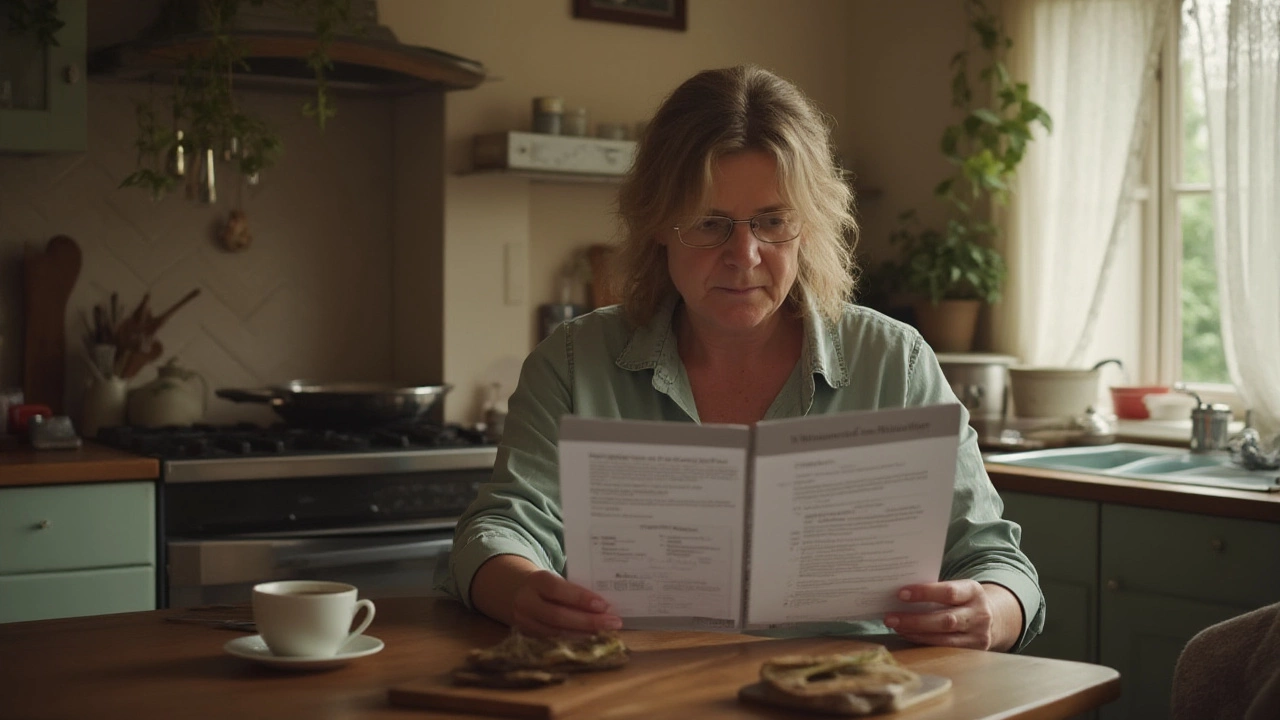Control Board Replacement: Signs, Costs & DIY Tips
Ever notice your oven heating unevenly, your dryer stopping mid‑cycle, or your fridge acting weird? In many cases a faulty control board is the culprit. The control board is the brain of the appliance – it tells the motor when to run, the heater when to heat, and the sensors when to stop. When that brain glitches, the whole machine can act up.
Before you call a technician, it helps to know the tell‑tale signs of a bad board, how much a replacement usually costs, and whether the job is something you can tackle yourself. Below we break it down in plain language so you can decide the best next step.
When to Replace a Control Board
Typical red flags include:
- Appliance powers on but stops responding after a few seconds.
- Random error codes appear on the display, even after a reset.
- Parts that used to work (like heating elements) no longer get power.
- Frequent tripping of circuit breakers when the appliance runs.
If you see any of these, unplug the unit, check the fuse or breaker, and then inspect the control board for burnt spots or loose connectors. A visual check can often confirm the problem, but many boards fail internally without obvious damage.
Another clue is age. Control boards typically last 5‑10 years depending on usage. If your appliance is nearing that range and shows multiple issues, replacement might be cheaper than a full unit swap.
DIY vs Professional Replacement
Replacing a control board isn’t as simple as swapping a light bulb, but it isn’t always a full‑blown service call either. Here’s a quick guide:
DIY-friendly appliances: Small kitchen gadgets, some washing machines, and basic electric ovens often have accessible boards that slide out of a metal cover. You'll need a screwdriver set, a multimeter to verify power, and the exact replacement part (model number matters).
Steps:
- Turn off power at the mains.
- Remove the outer panel following the user manual.
- Locate the board – it’s usually a flat, green or brown circuit with wires attached.
- Take a photo of the wiring for reference.
- Unscrew the board, disconnect the wires, and swap in the new one.
- Reassemble, restore power, and test the appliance.
If anything feels stuck or you’re unsure about the wiring, stop and call a pro. Incorrect connections can damage other components or create a fire risk.
When to call a professional: Large appliances like built‑in ovens, built‑in dishwashers, or any unit with sealed panels often require specialized tools and safety certifications. Also, if the board is integrated with other electronic modules, a technician can diagnose hidden faults that a DIY fix might miss.
Professional rates for control board replacement vary from £80 to £150 plus the part cost, which typically runs £50‑£200 depending on the brand. While the price may seem high, a qualified tech ensures the job meets safety standards and often offers a short warranty on their work.
Bottom line: If the symptoms are clear, the board is easily reachable, and you have basic hand tools, a DIY swap can save you time and money. Otherwise, let a certified repair person handle it – it’s worth the peace of mind.
Still not sure? Our team at Wells Appliance Repairs can walk you through the diagnosis over the phone and arrange a quick on‑site visit if needed. We specialize in control board repairs for a range of appliances and keep our rates transparent.
Whatever you decide, don’t let a faulty control board linger. The longer you wait, the more likely other parts will take the hit, and that means higher repair costs down the road.
Oven Control Board Replacement: Costs, Risks and Real Value
0 Comments
Does replacing an oven control board make sense? Get honest advice, clear pros and cons, repair costs, and tips from a fellow home appliance fan in Dunedin.
Read More